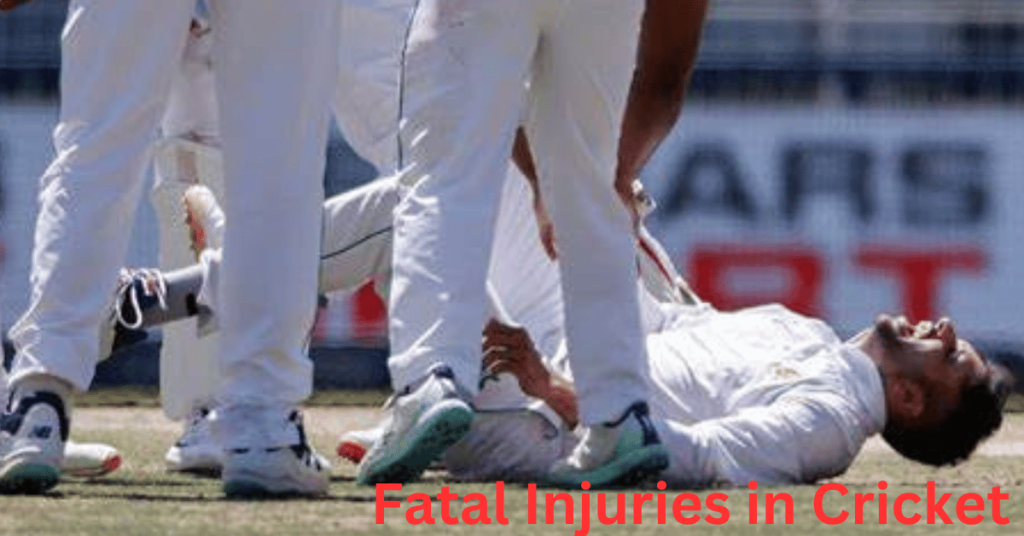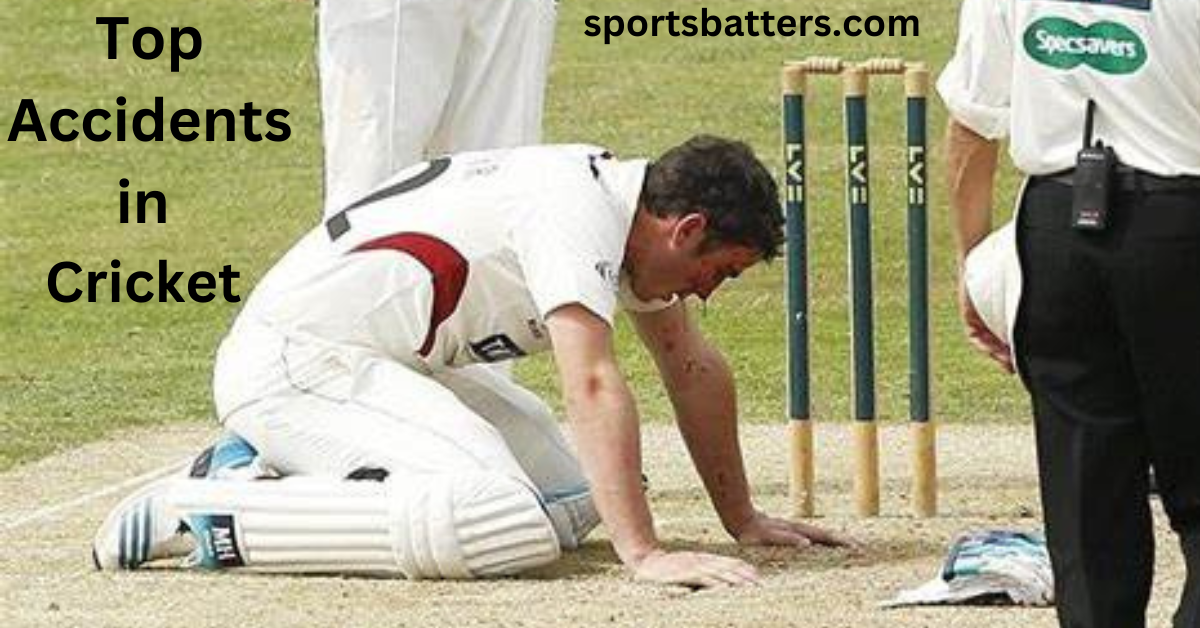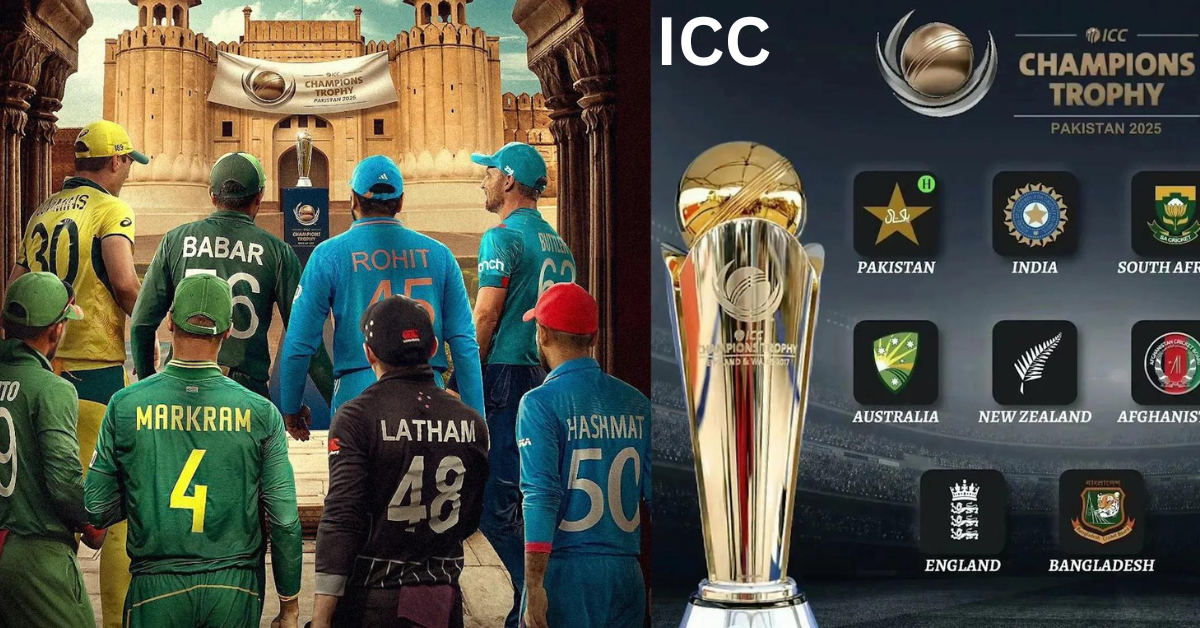Top Fatal Accidents and Injuries In Cricket History
Problems with cricket:
A Survey of Significant accidents and Wounds Cricket, has likewise been the casualty of a couple of sad accidents and wounds. These occurrences habitually essentially affect the game and the existences of the players in question.
This content examines some of the most significant injuries and top famous accidents in cricket history that have occurred as well as the effects they had on players and the game as a whole.
In the Beginning:
When it first started, Actual Expense of Cricket was a much more competitive game than it is today. Players were susceptible to serious injuries because they lacked protective gear.
The blows to the head:
Before anything else, batsmen frequently took the brunt of quick bowling, resulting in numerous head wounds. It was common knowledge that the game’s pioneer, WG Beauty, had numerous career setbacks.
Handling Accidents:
Fielding was once a risky activity because players frequently dived rashly to stop the ball. Numerous injuries, including concussions and broken bones, resulted from this.
The Shift in Defensive Materials:
A More secure Game The presentation of defensive stuff like gloves, cushions, and protective caps made cricket more secure. Notwithstanding, regardless of these progressions, the game kept on experiencing wounds.
The Bodyline Contention:
Injuries to batsmen skyrocketed during the contentious Bodyline series between England and Australia in the 1930s. Numerous head injuries and broken bones were sustained when low-pitched shots were bowled at the body.
The development of speed bowling:
Batsmen were more likely to get hurt as a result of the rise of fast bowlers who could bowl consistently quickly. Dennis Lillee and Jeff Thomson were prominent for their perilous speed, which routinely achieved batsmen being struck in the head or body.
The Condition Today:
Players really face the trial of changing the solicitations of the game with the need to stay aware of their prosperity, no matter what the way that movements in clinical science and further created guarded stuff have diminished the risks.
The Adverse results of Unnecessary Use Wounds:
The current cricketer’s schedule is jam-packed with matches, which raises the risk of injuries from overuse. Bowlers are especially prone to stress fractures and other health problems brought on by too much exercise.
Accidents on the Job:
Despite the presence of handling restrictions and improved ground conditions, handling mishaps do occur. Players frequently get hurt when they dive to save runs or collide with other fielders.
Headaches:
An Unresolved Problem: Regardless of the way that protective caps have essentially decreased the gamble of deadly head wounds, blackouts keep on being a main issue. Cricketers like Ben Hollioake and Phillip Hughes unfortunately passed on from head wounds.

Astonishing Wounds and Their Effect:
Two or three cricketers have driven forward through work compromising wounds that basically impact their reasons for living and the genuine game.Some top famous accidents in cricket history:
H.P Lighton Affected by return drive by a batsman
Claude Wilson He is killed by Sunstroke
George Summers Affected on head by a ball
Frederick Randon Affected by fatal head injury while playing at Lord’s in 1881.
Shocking Death of Phillip Hughes:
In 2014, the tragic death of Phillip Hughes shocked the cricket community. During a Sheffield Shield match, a bouncer struck Hughes in the head, injuring the promising young batsman. As a result of Hughes’s death, more attention has been paid to player safety and the prevention of head injuries in cricket.
Shane Warne’s shoulder issues:
After suffering a shoulder injury that necessitated a medical procedure, the incredible leg spinner was out of the game for some time. His speedy recovery from the injury showed his strength and confidence.
Concerns regarding the knee of Shoaib Akhtar:
Throughout his career, the Pakistani fast bowler, who is known for his raw pace, suffered numerous knee injuries. These wounds prevented him from always speaking at his best, but he remained a powerful force when he was speaking.
The injury to Sachin Tendulkar’s shoulder:
Due to a shoulder injury that required surgery, the Indian batsman missed a significant portion of the 2005 season. His commitment and mental sturdiness were shown by his returning to structure after the injury.
In order to speed up players’ wound recovery, current restoration and anticipation cricket teams and sheets have invested heavily in medical and recovery facilities. Injury prevention has also benefited greatly from advances in sports science and technology.
Conditioning and strength:
Players go through extensive strength and shaping exercises to improve their actual health and lower their wound risk.
Control of the load.
Defensive Stuff:
Through constant innovative work, further developed and successful defensive materials have been developed, lowering the likelihood of head and other serious wounds.
Cricket Safety’s Future:
Under the name “Teamwork Project Cricket,” the governing bodies, players’ associations, and medical professionals are working together to make cricket safer for players. Cricket can continue to thrive while reducing injuries by enforcing stricter concussion protocols, improving ground conditions, and promoting player welfare.





👍 good job